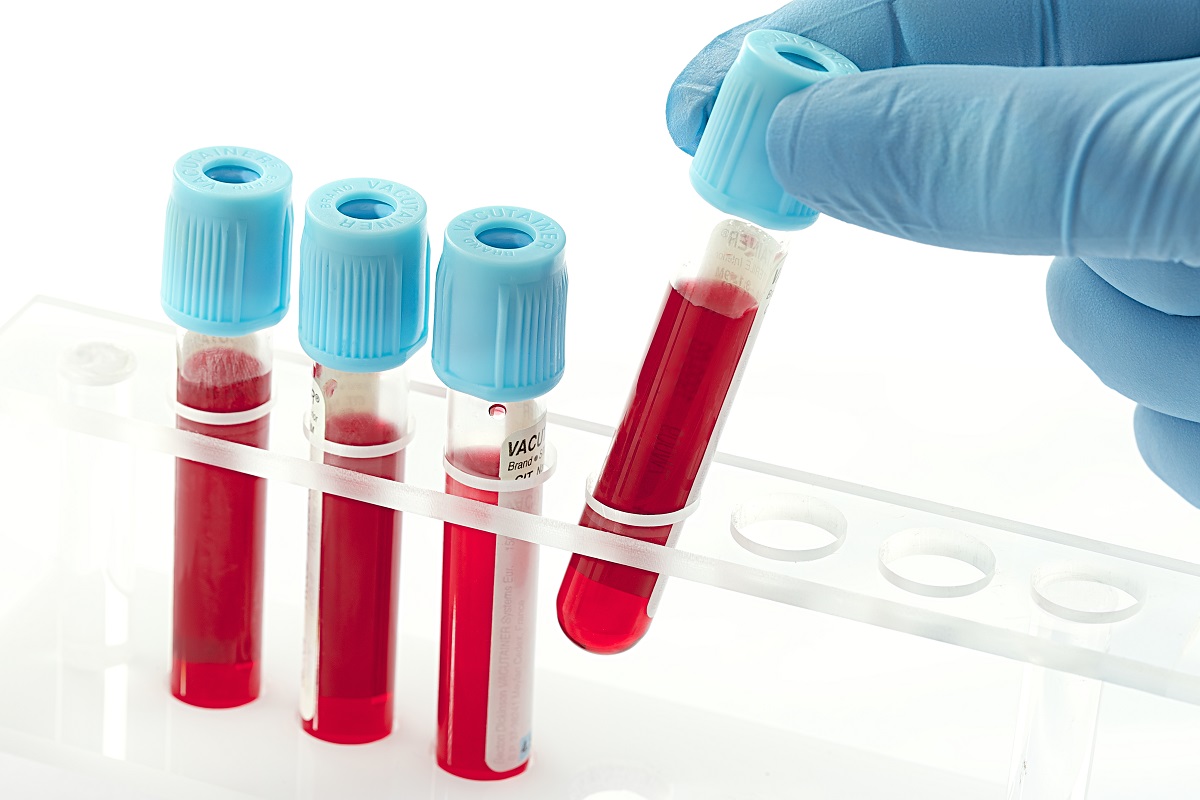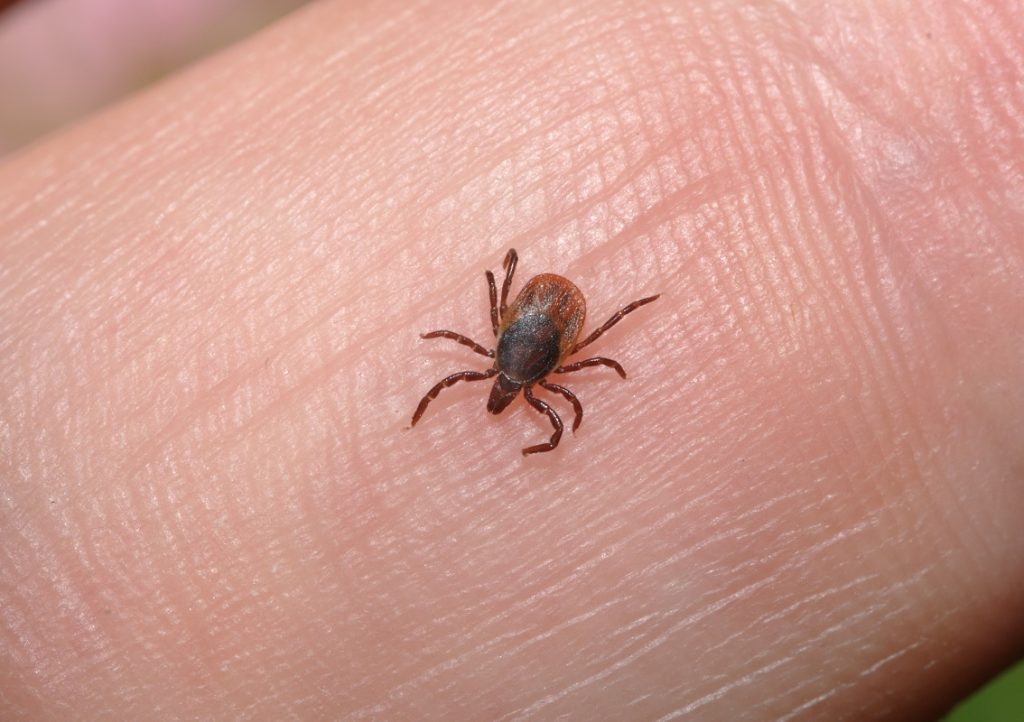- Lyme disease, a severe illness caused by the bacterium Borrelia burgdorferi, is primarily transmitted through infected tick bites.
- Transmission can occur through tick bites, mother-to-child, blood transfusions, contact with infected animals, and outdoor activities.
- Lyme disease symptoms include fever, headache, fatigue, rash, and in severe cases, it affects joints, heart, and nervous system.
- Lyme disease treatments include hyperthermia, antibiotics, herbal remedies, and acupuncture for symptom management and infection control.
- Prevention is crucial, especially in tick-prevalent areas, and medical consultation is advised if Lyme disease is suspected.
Lyme disease is caused by the bacterium Borrelia burgdorferi. It is a severe illness that can cause significant symptoms such as fever, headache, fatigue, and rash. In some cases, untreated Lyme disease may progress to more severe symptoms over time, affecting the joints, heart, and nervous system.
Lyme disease is expected in the Northeastern, Mid-Atlantic, and Upper Midwest regions of the United States, where ticks are abundant but can also occur in other areas. Knowing how Lyme disease spreads and how you can prevent it is essential. Here’s what you need to know about Lyme disease, how it’s transmitted, and ways to get treated.
What is Lyme Disease?
As stated earlier, Lyme disease is caused by the bacterium Borrelia burgdorferi. It can spread through animal bites, and only those infected with B. burgdorferi can transmit it. Ticks become infected when feeding small rodents, such as mice and other animals.
How is Lyme Disease Transmitted?
Lyme disease is not spread through casual contact, such as hugging or touching. Here are some ways it’s transmitted:
1. Tick Bites
Black-legged ticks, also known as deer ticks, feed on the blood of animals and humans. If a tick is infected with the bacterium that causes Lyme disease, it can transfer the bacteria to a person through a bite. Most people are infected with Lyme disease during the late spring, summer, and early fall when ticks are most active. Lyme disease symptoms may appear within 3-30 days of a tick bite.
2. Mother-to-Child Transmission
In rare cases, an infected mother can pass the bacterium to her child while giving birth. The child may develop Lyme disease symptoms such as skin rashes, fever, and joint swelling within a few weeks after birth.
3. Blood Transfusions

There have been reports of Lyme disease being transmitted through blood transfusions, but this is thought to be rare. The risk of contracting Lyme disease through blood transfusions can be minimized by screening blood donors for the disease.
4. Exposure to Infected Animals
Although it is rare for pets to transmit Lyme disease to humans, humans can become infected by handling or being bitten by ticks on infected animals like dogs, cats, and horses.
5. Outdoor Activities
People who engage in outdoor activities like hiking, camping, gardening, or playing sports are at the highest risk of contracting Lyme disease. They should take precautions to avoid contact with ticks by wearing long-sleeved clothing, using insect repellent, and performing frequent tick checks.
Treatment For Lyme Disease
There are various ways to treat this disease. Here are four ways:
Hyperthermia
One of the newer treatments for Lyme disease is hyperthermia, which involves exposing the body to heat to kill bacteria. It is effective in treating Lyme disease symptoms and can be used long-term. A hyperthermia treatment for Lyme disease is one of the best options. It’s also one of the most modern ones.
Antibiotics

Antibiotics are one of the most common treatments for Lyme disease. Commonly prescribed antibiotics include doxycycline, amoxicillin, and cefuroxime. It’s important to remember that antibiotics won’t cure the infection but can help reduce symptoms and prevent further complications.
Herbal Remedies
Herbal remedies have been used for centuries to treat various ailments, including Lyme disease. Herbs like echinacea, goldenseal, and garlic have long been used to fight off infections and reduce inflammation caused by bacteria.
Acupuncture
Acupuncture has also been known to help relieve the symptoms of Lyme disease. It works by stimulating specific points in the body that can reduce pain and inflammation. Acupuncture is believed to help boost the immune system and help reduce stress, both of which can help manage Lyme disease symptoms.
Lyme disease remains a significant public health concern, particularly in areas where ticks are prevalent. Understanding its transmission methods is essential in mitigating the risk. Remember that prevention is always better than cure, so take precautions when in tick-prone areas. A combination of modern and traditional treatments can be effective if diagnosed with Lyme disease. Lastly, consult a medical professional if you suspect you have contracted Lyme disease.











